
For the average American, a car isn’t just a convenience; it’s a daily necessity, traversing approximately 37 miles and consuming about an hour of time each day. While the open road can be liberating, the prospect of a vehicle breaking down is a persistent dread for many. The true measure of a car’s value often extends far beyond its initial purchase price, revealing itself in the long-term costs of maintenance and repairs, particularly as the odometer climbs past the critical 100,000-mile mark. Understanding these expenses is paramount for any driver looking to navigate the complexities of vehicle ownership without falling into a financial trap.
In an era where car costs have continually escalated due to substantial inflation and tariff turbulence, exercising caution and thorough research before investing in a vehicle is more crucial than ever. Many buyers diligently seek the best deal upfront, often overlooking the equally significant, if not greater, expense of service and repairs over the vehicle’s lifespan. Our objective analysis, drawing on extensive data and expert insights, aims to shed light on specific models that, despite their initial appeal, have a notorious reputation for becoming expensive money pits once they surpass 100,000 miles.
We’ve partnered with industry experts and delved into comprehensive datasets, including those from YourMechanic and GOBankingRates’ compilation leveraging insights from Jacob Carter, proprietor of Engine Rev Up, a blog dedicated to car maintenance and repairs. Carter’s extensive experience indicates that certain vehicle models demand more repairs and break down more often as they reach and exceed this mileage milestone. This slideshow identifies 10 specific models that savvy buyers should think twice about if long-term durability and predictable ownership costs are a priority. Let’s delve into the first six cars that often fail to go the distance gracefully.
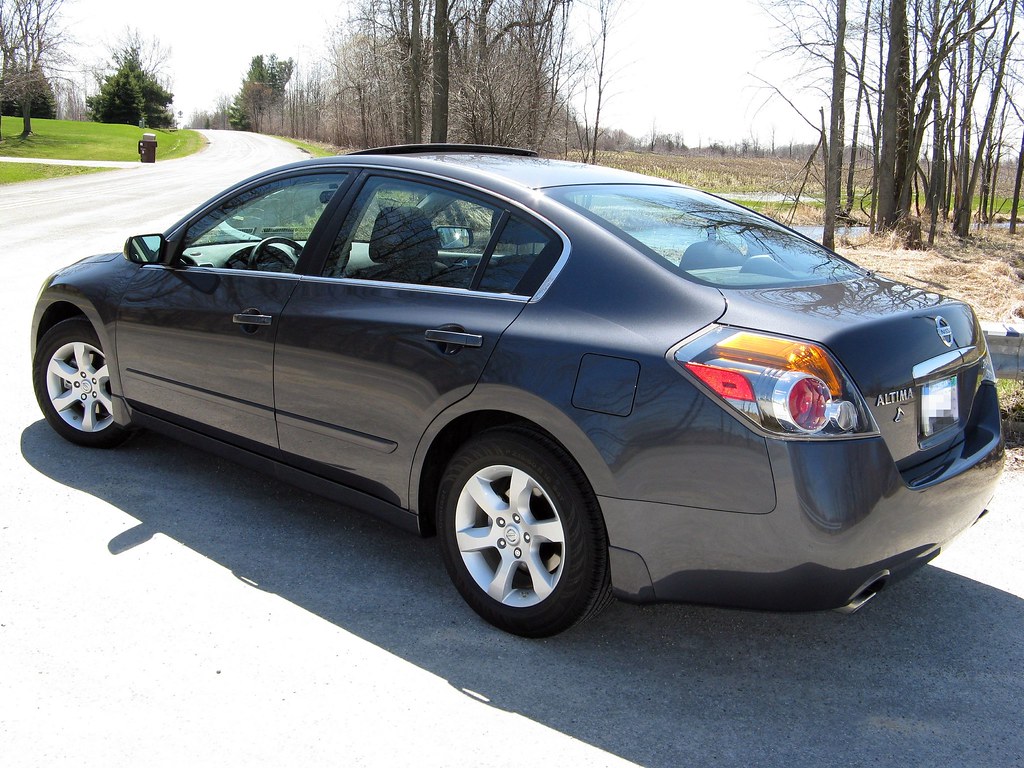
1. **Nissan Altima**: The Nissan Altima has long been recognized as a midsize sedan offering a blend of reliable performance, a comfortable interior, and an array of advanced safety features. For many, it represents a practical and sensible choice in the highly competitive sedan market, appealing to commuters and families alike with its balanced attributes and often attractive pricing. Its widespread presence on American roads speaks to its popularity and perceived initial value, making it a common consideration for used car buyers.
However, a significant concern emerges as the Altima ages, particularly after it crosses the 100,000-mile threshold. Jacob Carter, an expert in car maintenance, points out that the continuously variable transmission (CVT) found in numerous Altima models tends to experience premature failure. This issue frequently manifests shortly after reaching that crucial mileage milestone, transforming a once reliable vehicle into a potential financial burden for its owner.
This premature CVT failure is not merely a minor inconvenience; it can lead to exceptionally expensive repairs, often rivaling a substantial portion of the car’s depreciated value. For owners, this unexpected cost can be a devastating blow, turning what was supposed to be an economical long-term investment into a regrettable money pit. The complexity and specialized nature of CVT repairs often require specialized tools and expertise, pushing labor costs higher and making a full replacement a more common, albeit costly, solution, thus undermining the Altima’s initial reputation for reliability.
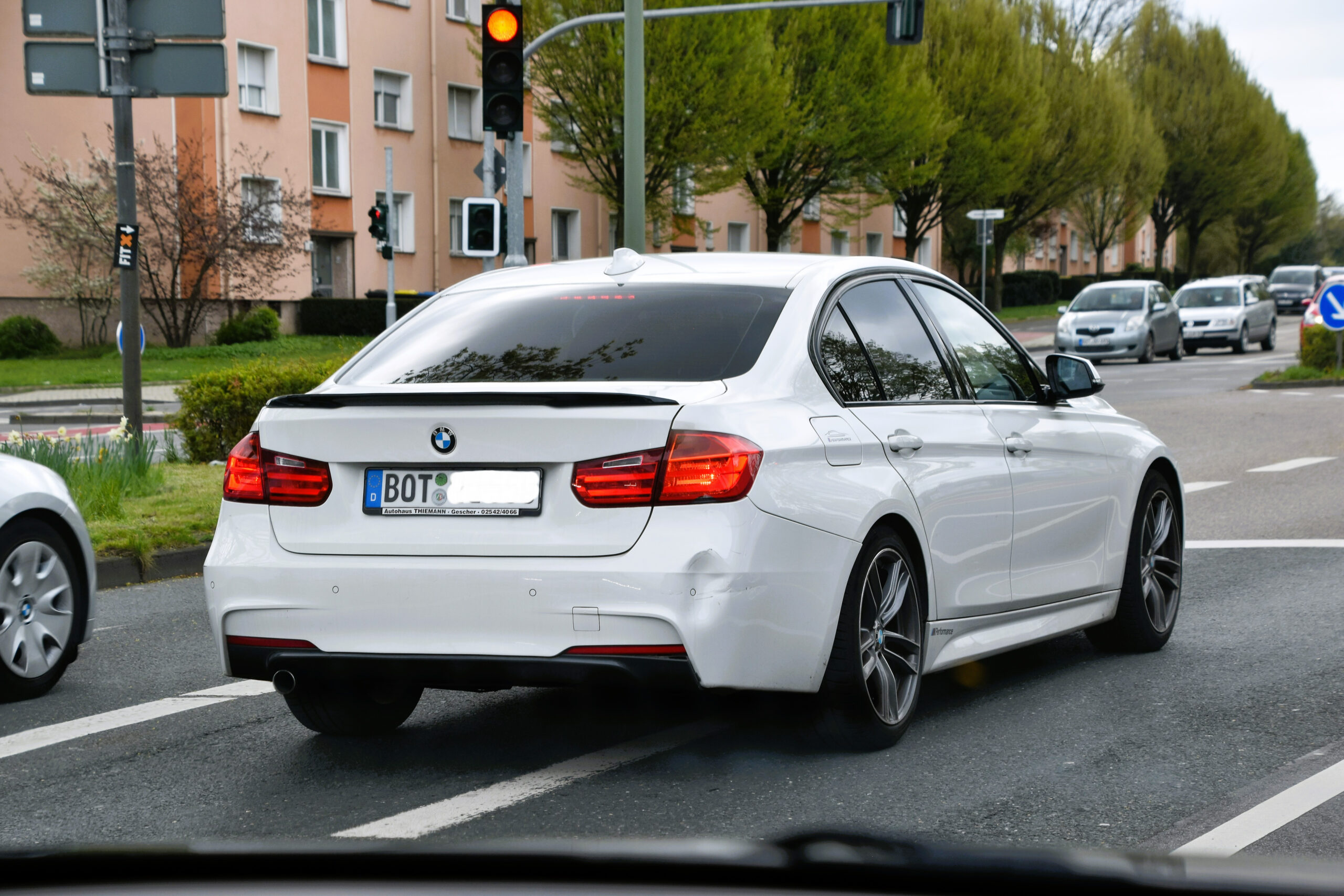
2. **BMW 3 Series**: The BMW 3 Series stands as a quintessential luxury compact car, celebrated globally for its sporty driving dynamics, an upscale interior, and cutting-edge technology features. It embodies a blend of performance and sophistication that appeals to enthusiasts and those seeking a premium driving experience. From its precise handling to its refined cabin, the 3 Series promises an exhilarating and comfortable ride, often justifying its higher initial price tag.
Unfortunately, this desirable driving experience often comes with a significant caveat: high maintenance costs, especially as the vehicle accumulates miles. According to Jacob Carter, a considerable number of BMW 3 Series vehicles necessitate major engine or electrical repairs around or shortly after reaching the 100,000-mile mark. These aren’t minor fixes; they are often complex issues that demand specialized attention and expensive parts, reflecting the intricate engineering inherent in luxury performance vehicles.
The cost of these repairs can be particularly staggering, aligning with the general understanding that premium brands, while offering superior performance and luxury, also demand a premium for their upkeep. When critical components like the engine or advanced electrical systems require extensive work, the repair bill can quickly escalate into thousands of dollars. This reality often catches owners off guard, illustrating how the allure of a luxury badge can mask significant long-term financial liabilities, making the 3 Series a challenging proposition for those aiming for economical high-mileage ownership.
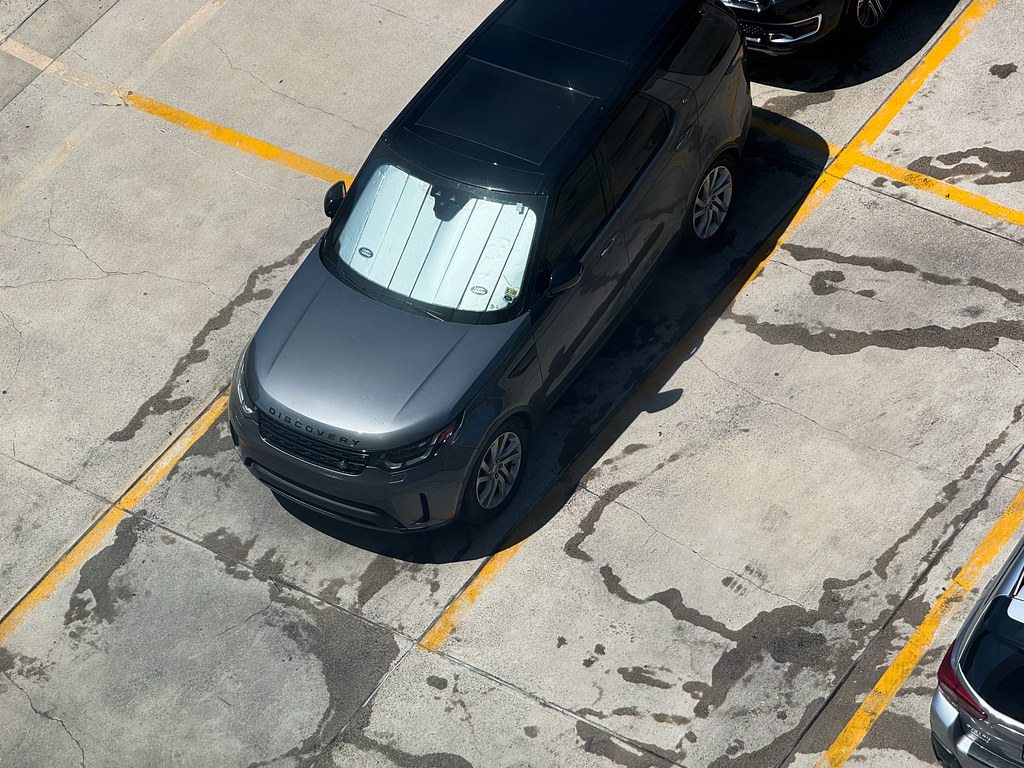
3. **Land Rover Discovery**: The Land Rover Discovery projects an image of rugged sophistication, renowned for its imposing presence and capability to conquer diverse terrains while offering a refined interior experience. It is often chosen by those who value a blend of luxury, practicality, and off-road prowess, making it a distinctive choice in the SUV segment. Its aesthetic appeal and robust build suggest a vehicle designed for longevity and challenging environments, promising adventure without sacrificing comfort.
However, the Discovery has unfortunately garnered a reputation for encountering a cascade of problems that surface as it ages, particularly with its complex systems. Jacob Carter notes that it is prone to issues related to air suspension, which can be notoriously expensive to diagnose and repair. Additionally, owners frequently report electrical anomalies, which can manifest in a myriad of ways from minor glitches to significant system failures, further complicating ownership.
Compounding these issues is the propensity for premature transmission failure, a problem that, like those in other vehicles we’ve discussed, tends to emerge around or after the 100,000-mile threshold. The combination of these complex, high-cost failures—air suspension, intricate electrical systems, and the transmission—means that a Land Rover Discovery driven beyond its prime can quickly become a significant financial drain. These issues collectively make the handsome-looking SUV a high-risk proposition for long-term ownership, often surprising owners with bills that far outweigh the vehicle’s market value.
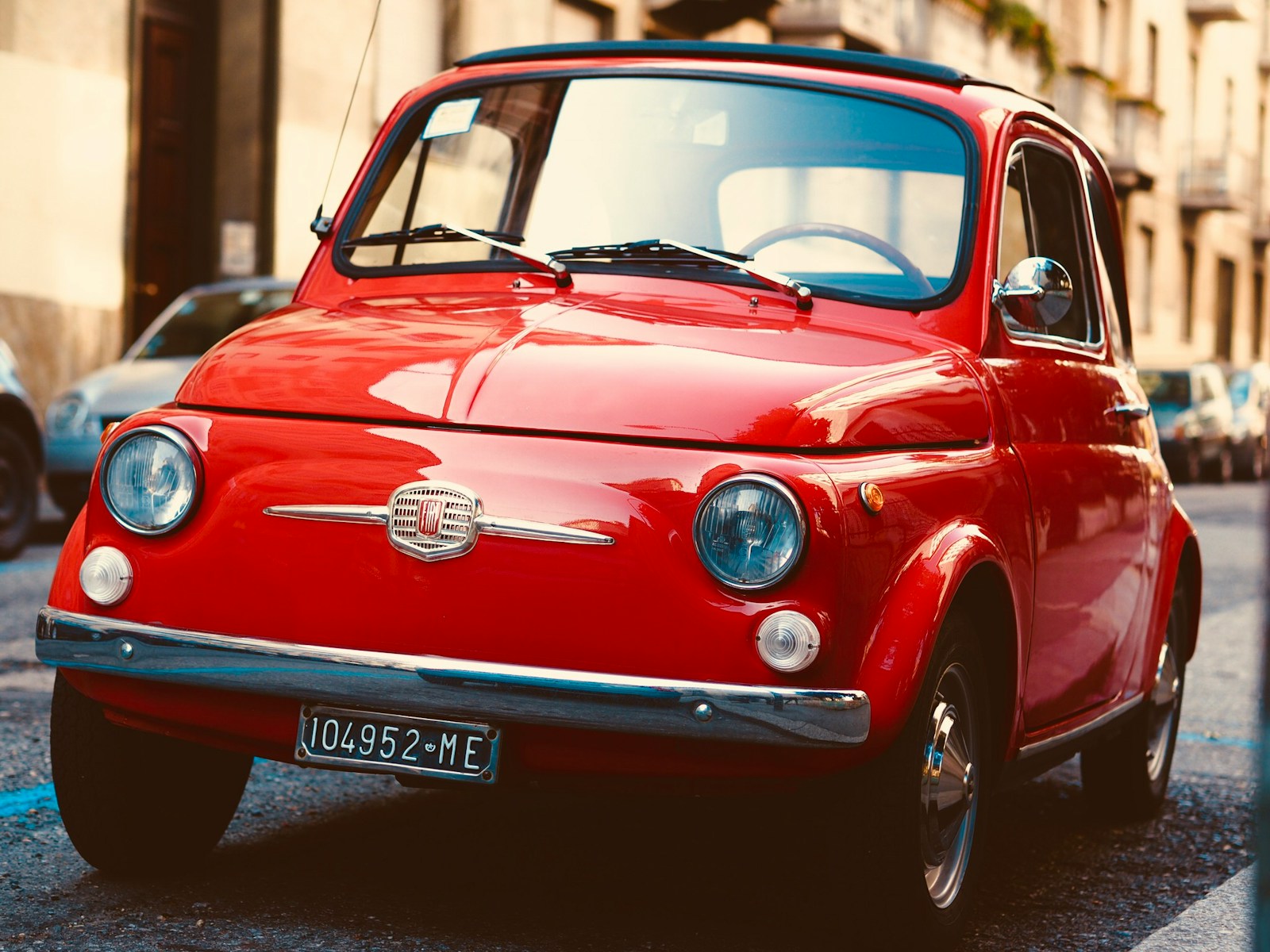
4. **Fiat 500**: The Fiat 500 is instantly recognizable for its compact and stylish design, exuding a unique European charm that makes it a popular choice for city dwellers and those seeking a distinctive vehicle. Its diminutive size offers unparalleled maneuverability in urban environments, making parking and navigating tight streets a breeze. This ‘adorable yet diminutive’ city car often captures hearts with its quirky aesthetics and spirited character, promising an economical and fun driving experience for its owners.
Despite its charming exterior and urban utility, the Fiat 500 frequently experiences significant engine problems as it accrues miles, notably recurrent oil leaks. While oil leaks can be a nuisance in any car, in the Fiat 500, they are often exacerbated by a critical design challenge: the limited space within the engine compartment. This cramped environment transforms what might be a routine fix in other vehicles into a complex and time-consuming operation for mechanics.
The consequence of this limited access is a steep increase in repair costs, as mechanics require more time and specialized techniques to address issues that would otherwise be straightforward. Therefore, even a seemingly minor problem like an oil leak can quickly escalate into a substantial bill, turning the cute and economical Fiat 500 into an unexpected financial burden. This underscores how design choices, even in small, affordable cars, can significantly impact long-term ownership expenses and reliability.
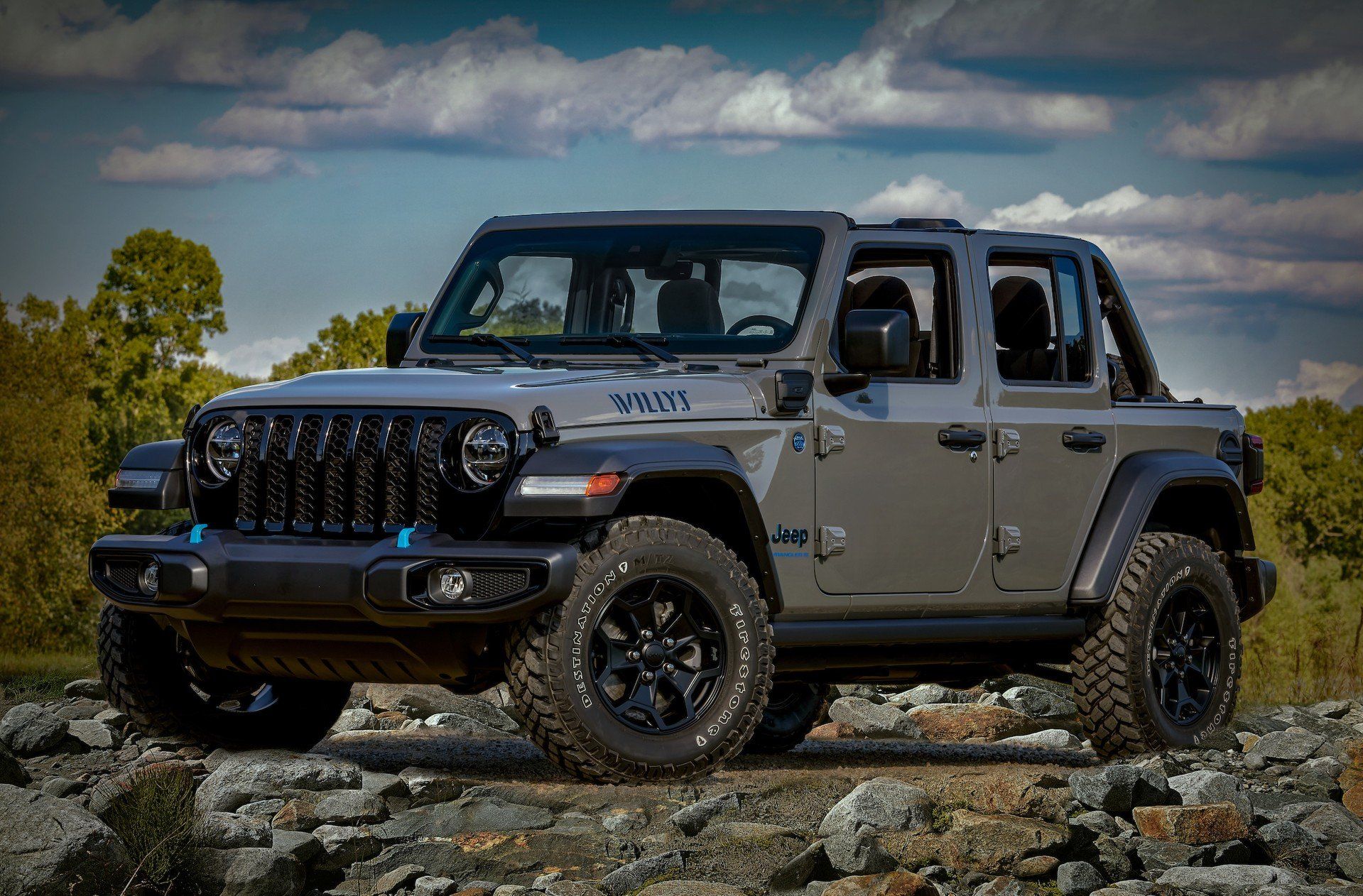
5. **Jeep Wrangler**: The Jeep Wrangler holds an iconic status as an off-road SUV, celebrated worldwide for its rugged design and exceptional capabilities in tackling various terrains. It’s the go-to vehicle for adventurers and those who embrace an outdoors lifestyle, offering a unique blend of heritage, open-air freedom, and undeniable prowess on challenging landscapes. The Wrangler promises an enjoyable off-roading experience and a distinct sense of community among its owners, which often outweighs practical considerations for enthusiasts.
However, this focus on extreme capability and ruggedness can sometimes translate into specific vulnerabilities that emerge over time, especially after the vehicle has accumulated significant mileage. Jacob Carter points out that while the Wrangler excels off-road, it is ‘susceptible to rust, steering and suspension problems that necessitate repair work’ as it ages. These issues are particularly problematic for a vehicle that is often subjected to harsh conditions, such as mud, water, and uneven terrain, which can accelerate wear and tear on these critical components.
Rust, in particular, can be a pervasive and expensive problem, compromising structural integrity and leading to extensive bodywork or component replacement. Steering and suspension issues are not just costly; they directly impact the vehicle’s safety and driving comfort, requiring diligent and often expensive intervention. For a vehicle that prides itself on durability, these specific long-term repair needs can significantly detract from the ownership experience and escalate maintenance budgets, making the Jeep Wrangler a high-cost proposition after 100,000 miles.
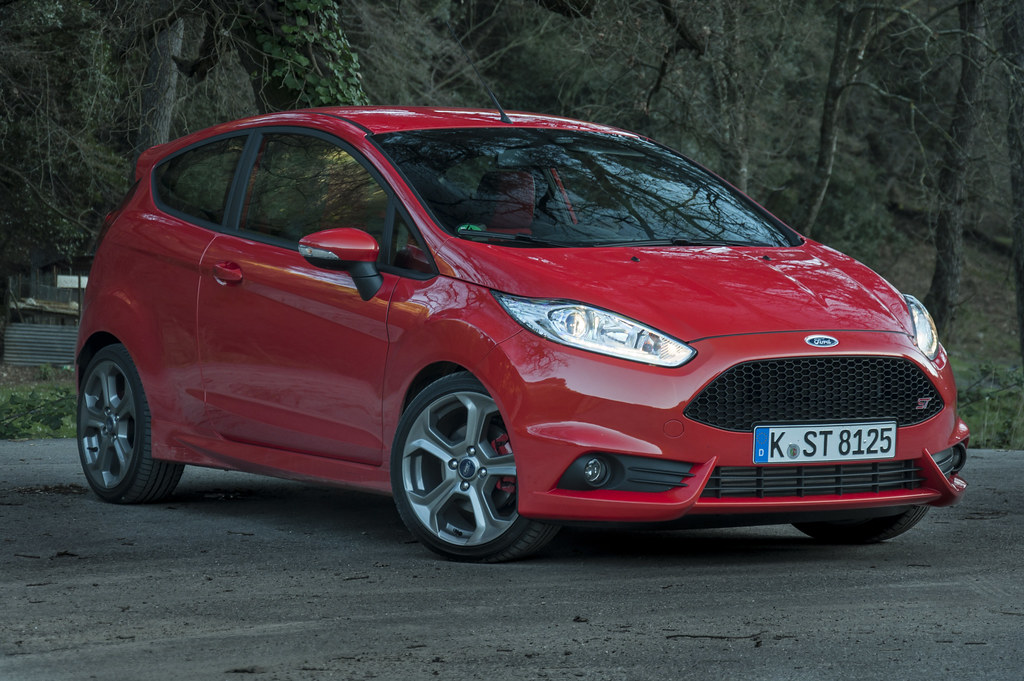
6. **Ford Fiesta**: The Ford Fiesta has long been admired as a compact car known for its agile handling and impressive fuel efficiency, solidifying its position as a popular choice for urban driving and budget-conscious consumers. Its subcompact size makes it easy to maneuver through congested city streets and squeeze into tight parking spots, while its economical operation promises lower running costs. For many, the Fiesta represents a smart, affordable entry into car ownership, delivering practical transportation without a hefty price tag.
Yet, despite its initial appeal and economical nature, the Ford Fiesta holds a concerning track record for developing significant issues that can undermine its perceived value in the long run. Jacob Carter specifically highlights its propensity for encountering transmission problems and electrical issues as it ages. These are not minor concerns; transmission failures, in particular, can be among the most expensive repairs a car owner faces, often rivaling the cost of a new engine.
Electrical issues, while sometimes less costly individually, can be notoriously difficult to diagnose and resolve, leading to repeated shop visits and accumulating labor charges. For an ‘economical subcompact option,’ these major component failures represent a disproportionately high cost, swiftly transforming an affordable purchase into a persistent financial burden. Thus, while the Fiesta may offer initial savings and nimble performance, its documented susceptibility to these critical faults after 100,000 miles makes it a vehicle to approach with considerable caution.
Navigating the Long Haul: The Remaining Money Pit Vehicles and Strategies for Maximizing Automotive Value and Longevity
Having explored the initial set of vehicles that prove to be significant financial liabilities past the 100,000-mile mark, we now turn our attention to the remaining models that similarly demand a cautious approach from prospective owners. These vehicles, despite their varied market positions and initial attractions, share a common thread: a propensity for costly and frequent repairs as they accumulate miles, often transforming what seemed like a sound investment into a demanding money pit.
Our objective continues to be to equip you, the discerning car buyer or current owner, with the essential knowledge needed to make informed decisions. Understanding the specific vulnerabilities of these cars, alongside broader strategies for automotive value and longevity, is crucial in an economic climate where every dollar spent on vehicle upkeep truly counts. Let’s delve into the next set of cars that demand a careful assessment of their long-term ownership costs.

7. **Chrysler 200**: The Chrysler 200, a midsize sedan, entered the market with aspirations of blending sophisticated style with everyday practicality. Its sleek design and comfortable interior were intended to offer a compelling option for those seeking a balance of aesthetics and functionality in their daily drive. For a time, it served as a seemingly attractive choice for a broad segment of the market, offering a respectable package for its price point.
However, for all its initial appeal, the Chrysler 200 has unfortunately earned a reputation for becoming a notable financial liability as it ages. According to Jacob Carter, a recognized authority in car maintenance, the vehicle exhibits a concerning frequency of critical failures involving its engine, transmission, and electrical systems. What makes this particularly problematic is that these significant repairs are often required at relatively low mileage levels, far sooner than many owners would anticipate for a modern vehicle.
These are not minor inconveniences; engine and transmission issues, in particular, can be among the most expensive repairs a vehicle owner will ever face. When these critical components demand attention, the repair bills can quickly escalate, often surpassing the vehicle’s depreciated market value. This inherent susceptibility to major mechanical and electrical faults ultimately undermines the Chrysler 200’s perceived value, firmly placing it on our list of cars to approach with extreme caution when considering long-term ownership.
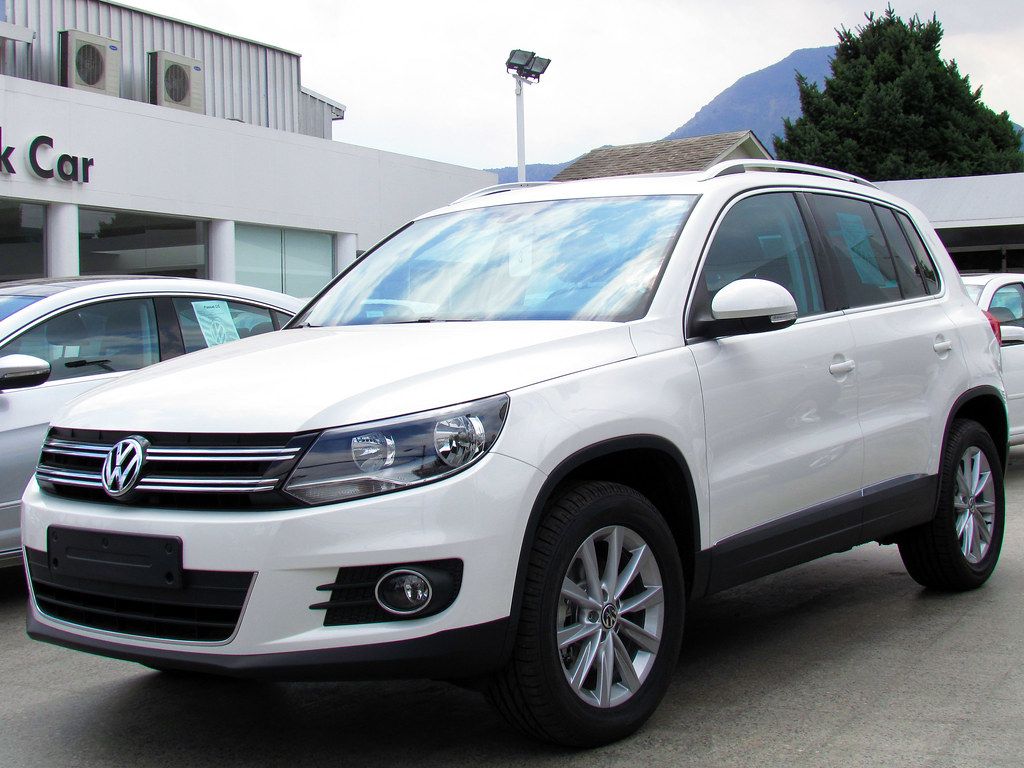
8. **Volkswagen Tiguan**: The Volkswagen Tiguan carved out its niche in the compact SUV segment by offering a stylish design coupled with a comfortable and well-appointed interior. It appealed to consumers looking for European flair and a refined driving experience, bridging the gap between utilitarian family haulers and more overtly luxurious offerings. Its balanced attributes often made it an attractive choice for those desiring both aesthetics and comfort in their automotive daily life.
Despite its appealing package, the Tiguan carries a significant caveat regarding its long-term reliability. Jacob Carter highlights that the vehicle has developed a reputation for encountering costly transmission issues, a problem that frequently emerges shortly after the 100,000-mile mark. Transmission failures are notoriously expensive, often requiring extensive labor and specialized parts, sometimes even a full replacement.
This propensity for major transmission problems means that while the Tiguan may provide a comfortable and stylish ride for its initial years, owners venturing into higher mileage territory should brace for potentially substantial repair bills. What begins as an attractive and comfortable family SUV can, through these unexpected and high-cost mechanical failures, transform into an unexpected financial drain, eroding its value and making it a less practical long-term investment.
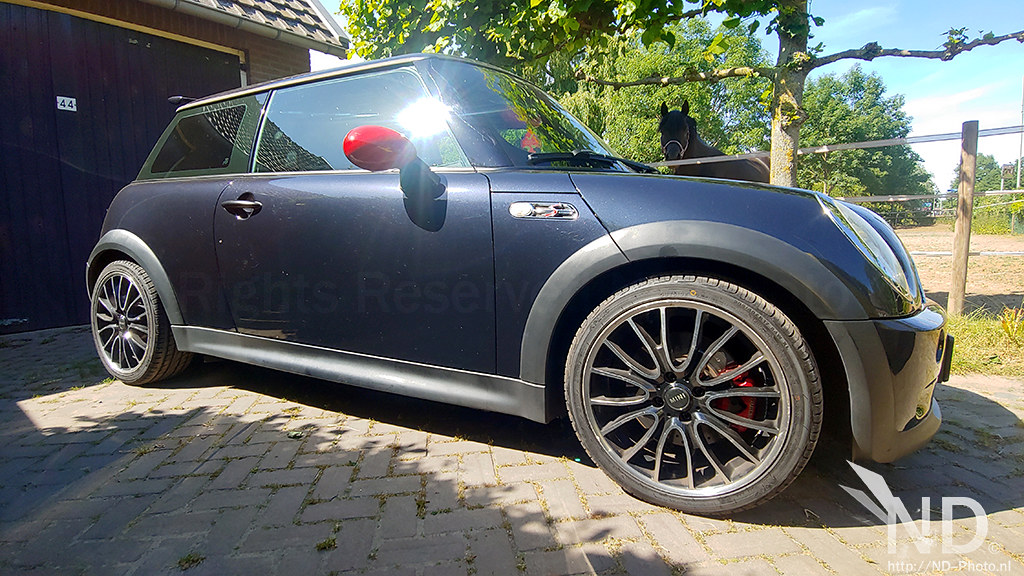
9. **Mini Cooper**: The Mini Cooper is an automotive icon, instantly recognizable for its compact size, distinctive design, and go-kart-like driving dynamics. It has consistently captivated drivers seeking a vehicle that stands out from the crowd, offering a blend of nostalgic charm and spirited performance. For many, choosing a Mini Cooper is as much about embracing a lifestyle as it is about practical transportation, valuing its unique character and agile handling.
However, beneath its charming exterior lies a history of persistent mechanical and electrical challenges that can quickly turn its quirky appeal into a source of frustration and expense. According to Jacob Carter, the Mini Cooper is plagued by a litany of issues including recurrent oil leaks, turbo failures, and various suspension and electrical problems. These issues, individually, can be bothersome, but their cumulative effect is what truly impacts long-term ownership.
The combination of these diverse and often interlinked faults translates into frequent and costly visits to the mechanic. Turbo failures, for instance, are complex and expensive to repair, while chronic oil leaks can lead to other engine complications if not addressed promptly. For a car celebrated for its individuality, its documented susceptibility to a wide range of problems means that the joy of driving a Mini Cooper can often be overshadowed by the significant financial commitment required to keep it on the road beyond the 100,000-mile threshold.
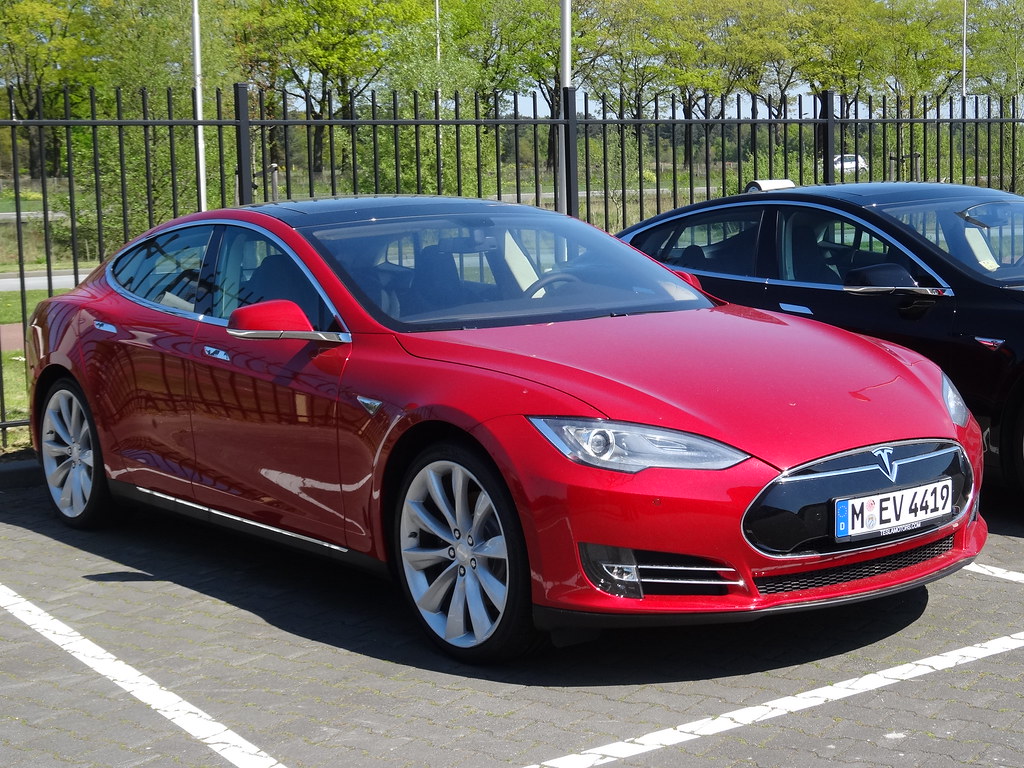
10. **Tesla Model S**: The Tesla Model S redefined expectations for electric vehicles, quickly becoming synonymous with impressive acceleration, groundbreaking range, and cutting-edge technology. It attracts buyers looking for a premium, high-performance electric car that offers both exhilarating driving dynamics and a vision of the future of automotive transport. Its allure lies in its innovative spirit and its ability to deliver an unparalleled electric driving experience.
Yet, as with any advanced technology, the cost of maintaining and potentially repairing its core components can be substantial, particularly as the vehicle ages. Jacob Carter specifically points out that the Tesla Model S demands a significant financial investment for battery pack replacement. This critical maintenance often becomes necessary around or shortly after the 100,000-mile mark, a mileage point where many other vehicles might only be starting to show signs of wear.
An EV battery replacement is not a trivial expense; the context provided indicates that EV battery replacements can range from $4,000 to $18,000. This immense cost, representing a substantial portion of the car’s depreciated value, means that owners contemplating long-term ownership must factor in this potential, high-probability expenditure. While the Model S offers a glimpse into the future, its long-term cost of ownership, largely driven by this specific, high-ticket repair, firmly positions it as a vehicle requiring careful financial planning past its initial years.
In the complex landscape of automotive ownership, where the road ahead is often filled with both expected and unexpected expenses, foresight and proactive management are your most powerful tools. By understanding which vehicles are prone to becoming money pits, embracing a disciplined approach to maintenance, and leveraging strategies for informed purchasing, you can significantly reduce the financial burden of car ownership. Drive smart, drive prepared, and your vehicle will reward you with reliability and longevity, rather than leaving you stranded and out of pocket.



